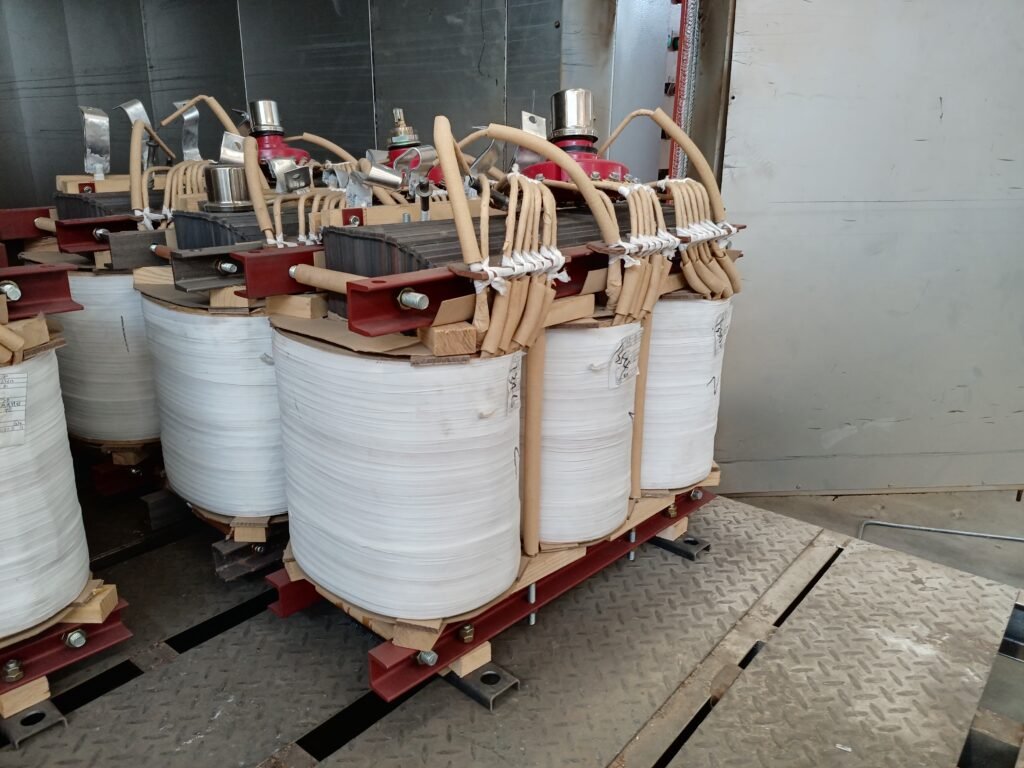
Guide on Transformer Operation: Principles for Engaging and Disengaging Transformers
Transformers play a vital role in power systems, enabling safe and efficient voltage transformations. Correct operational procedures for transformer start-up and shutdown are essential to ensure seamless integration with power systems and to avoid potential damage. Here, we outline the standard operational principles for transformer engagement and disengagement, emphasizing safety and efficiency.
1. Use of Circuit Breakers in Transformer Operation
For both engaging (energizing) and disengaging (de-energizing) transformers, circuit breakers are necessary. Circuit breakers protect both the transformer and the overall power system from faults by interrupting the circuit when high currents or short circuits occur. Engaging and disengaging a transformer without a circuit breaker could expose the equipment to dangerous conditions, especially during load variations or faults.
Using circuit breakers as a control medium minimizes arcing risks and maintains system stability. Additionally, circuit breakers allow for remote operation, enhancing operational flexibility, especially in high-voltage applications.
2. Gradual Voltage Increase for Main Transformers
When engaging a main transformer, a gradual voltage increase starting from zero up to the rated value is recommended before synchronizing it with the system. This gradual ramp-up approach allows the transformer to acclimate to the load and minimizes the risk of sudden surges, which can stress the winding insulation and core materials. Such a controlled process also helps detect any abnormalities or irregularities early, which might not be noticeable under sudden high voltage.
During shutdown, the transformer should be gradually de-energized by reducing the voltage until it reaches zero, reversing the engagement process. This approach limits mechanical stress on the equipment, thus helping to prolong the transformer’s lifespan and ensuring safe disconnection from the system.
3. Sequence of Operations for Plant Utility Transformers
When engaging a plant utility transformer, following the sequence of energizing the high-voltage (HV) side first and then the low-voltage (LV) side is crucial. Energizing the high-voltage side first allows the system to charge the transformer gradually, ensuring a smooth transition into operation. Once the HV side is stable, the LV side can be connected, allowing power to flow to the required circuits without sudden load impacts on the transformer.
For de-energization, the sequence should be reversed: first disengage the LV side and then the HV side. This sequence is designed to minimize inrush currents and protect both the transformer and the connected systems from sudden current changes, thus maintaining stability across the network.
Key Benefits of Proper Transformer Operation Protocols
Following these principles of gradual engagement, circuit breaker utilization, and proper sequencing ensures:
- Increased Transformer Longevity
Gradual voltage changes and proper sequencing reduce mechanical stress on internal components, thus extending transformer service life. - Enhanced Safety and Reduced Fault Risk
Circuit breakers act as primary protection against electrical faults, preventing transformer damage and ensuring operational safety for the personnel involved. - System Stability
Proper engagement and disengagement procedures minimize sudden current and voltage spikes, maintaining stability within the broader power network and reducing the likelihood of power disruptions. - Operational Efficiency
These procedures not only protect equipment but also reduce the need for maintenance and repairs, contributing to efficient, uninterrupted power delivery.
Conclusion
Transformers are critical to power distribution, and following the correct operational procedures for engagement and disengagement is essential for safety and longevity. The use of circuit breakers, gradual voltage ramping, and correct sequence for utility transformers all contribute to a well-maintained and efficient power system. By adhering to these guidelines, operators can ensure that transformers run efficiently and continue to provide reliable power transformation in both industrial and utility settings.

I am extremely inspired with your writing skills and also with
the structure on your blog. Is that this a paid subject
or did you customize it yourself? Anyway keep up the nice high quality writing,
it’s rare to peer a nice weblog like this one these
days. Blaze ai!